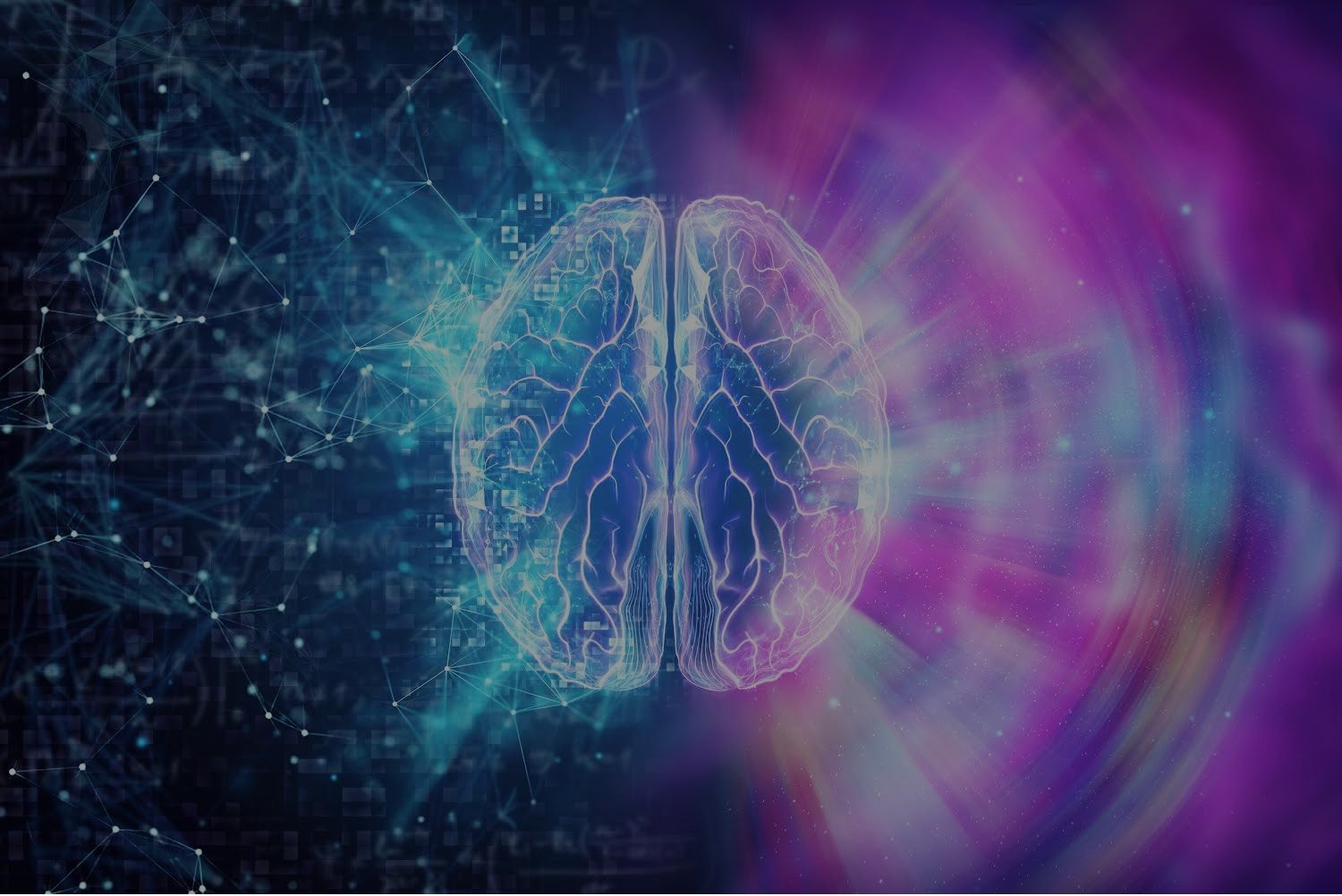
Eye Movement Desensitization Reprocessing
Eye Movement Desensitization Reprocessing was created in 1987 by Francis Shapiro. It is an evidence based practice that processes distressing memories at an accelerated rate. Initially used with eye movements but now used with multiple bilateral stimulations.What is EMDR?
In general, our body is able to store new information without us being aware of it. However, if we experience repeated distressing memories (i.e. child abuse) or a significant event (i.e. sudden loss or car accident) our natural ability to cope cannot be located and our brains are overloaded.
These memories become “unprocessed” and they are stored in the limbic brain, which is the part of the brain where we experience body sensations and emotions (AKA fight, flight, freeze, or fawn). Memories are locked and as a result we find ourselves stuck in the past and disconnected from the neocortex (responsible for language, rational, and judgment).
What happens when we are traumatized?
Through eye movement, auditory sounds, and/or tapping, the client begins to focus on the most distressing part or image of the memory. During this time, both hemispheres of the brain are activated and begin to connect as the corpus callosum (bridge between the limbic system and neocortex) is strengthening and expanding. The distressing memory that is locked in the limbic brain is able to move through the bridge and into the part of the neocortex. This painful and intense memory becomes a neutral memory of an event in the past.
How does EMDR virtual Austin therapy work?
After a thorough history assessment and guided visualizations, the client will be asked a series of specific questions about a particular disturbing memory. Due to the virtual therapy sessions, a trusted EMDR program called bilateral stimulation.io is used. Eye movements are created by a client simply following a dot back and forth on the screen. There is also the option to add auditory noise that will play in sync with the visual field. The eye movements will play at a fast speed, but at a pace that is comfortable for the client’s eyes and last for a short while and then stop. In between each lap, you will be asked what you are experiencing (i.e. an emotion, a thought, or an image). During this time, you will remain fully awake, alert, and in control. You have the ability to pause or stop at any time if you wish to do so.
My Approach as a EMDR Therapist in Austin
PTSD
Addictions
Sleep Issues
Grief and Loss
Phobias
General Anxiety
Performance Anxiety
Panic Attacks
Depression
Anger
Low Self-Worth & Low Self-Esteem
Sexual or Physical Abuse
Childhood trauma





